The sculpture of the first half of the 15th century still remains almost entirely Gothic. Most of the statues created at this time on portals of churches, stone, terracotta or
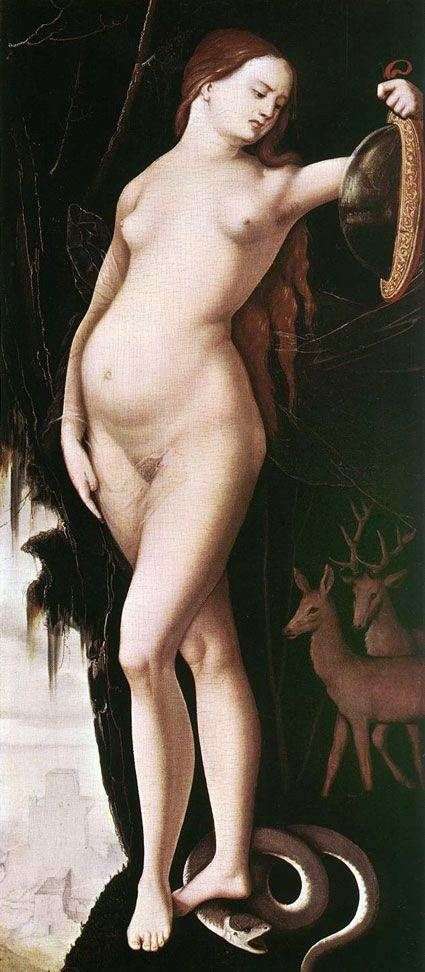

The sculpture of the first half of the 15th century still remains almost entirely Gothic. Most of the statues created at this time on portals of churches, stone, terracotta or
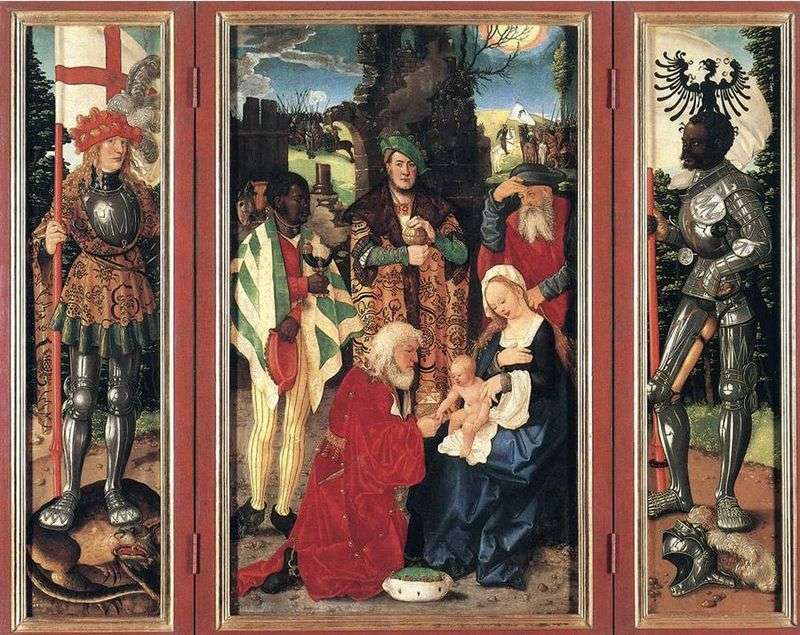
The altar “Worship of the Witch” is one of the artist’s most vivid and impressive works. Here is a scene of the arrival of the Magi to worship the infant
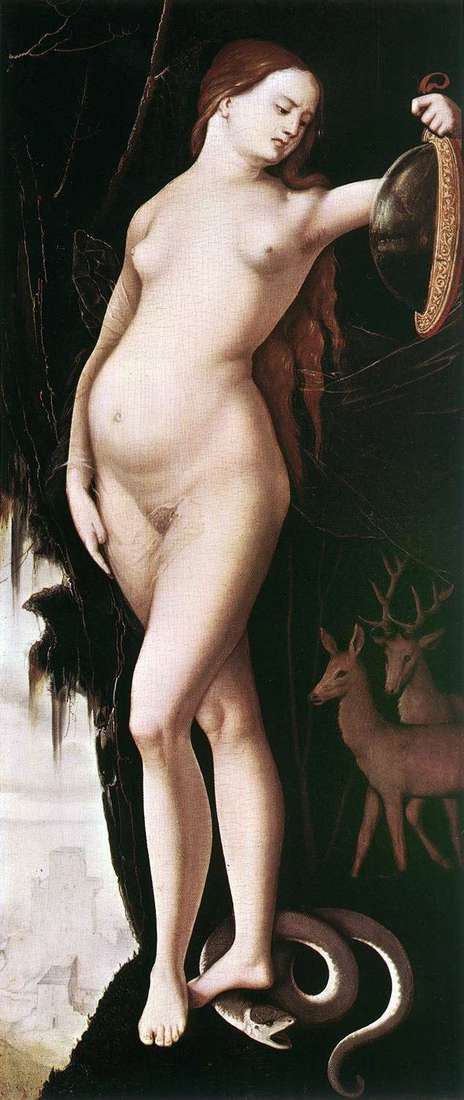
Hans Baldung Green is an extremely original master, whose creativity is whimsically intertwined with Renaissance features with medieval symbols, fiction and elements of emerging Mannerism, an artistic direction that was
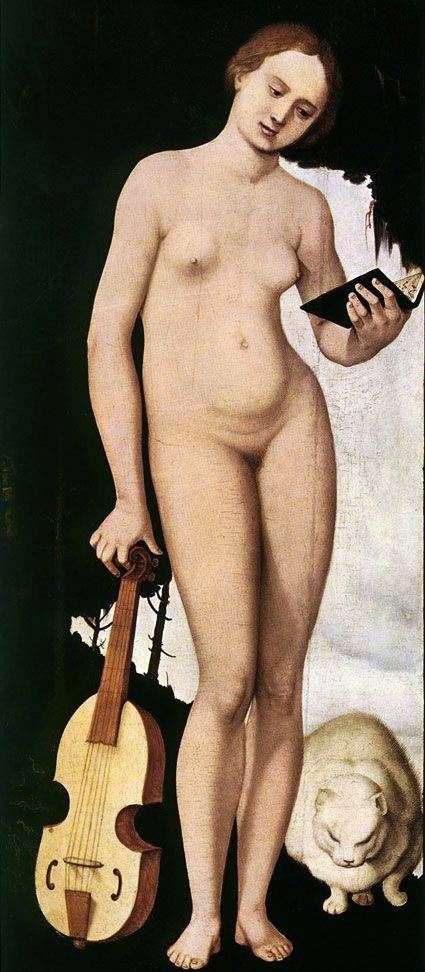
In the 15th century German sculpture, the great and profound changes in the human consciousness that the Renaissance brought with them begin to affect. These changes are primarily reflected in
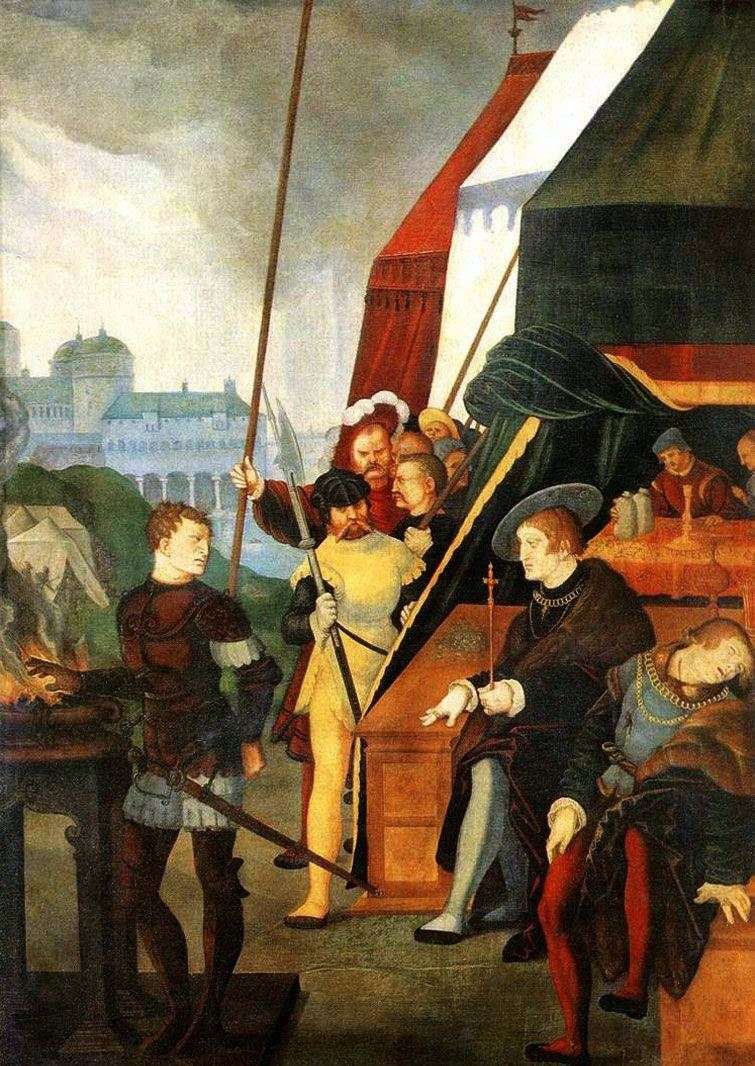
In the motley picture of numerous sculpture schools, which worked mostly isolated from each other, one can nevertheless note the general tendency to develop new, Renaissance artistic elements, expressed in

But most expressive are the unusually living faces of saints, Christ, angels and especially Mary – her image with her deep humanity and worried spiritual purity already belongs entirely to
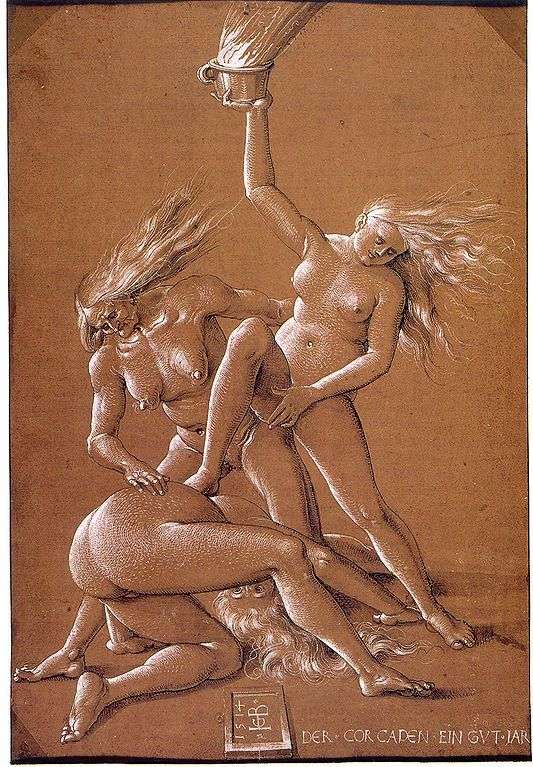
Artists at all times in their works expressed the worldview of the era in which they lived and worked. The heyday of the talent of Hans Baldung Green was at

The theme of life and death was very worried about the medieval man also because periodically in different countries of Europe terrible epidemics of plague flared up. They sprung up

From the German painters of the 16th century, the works of Hans Baldung Green and Hans von Kulmbach are the closest to the giant Albrecht Dürer on creative searches, the
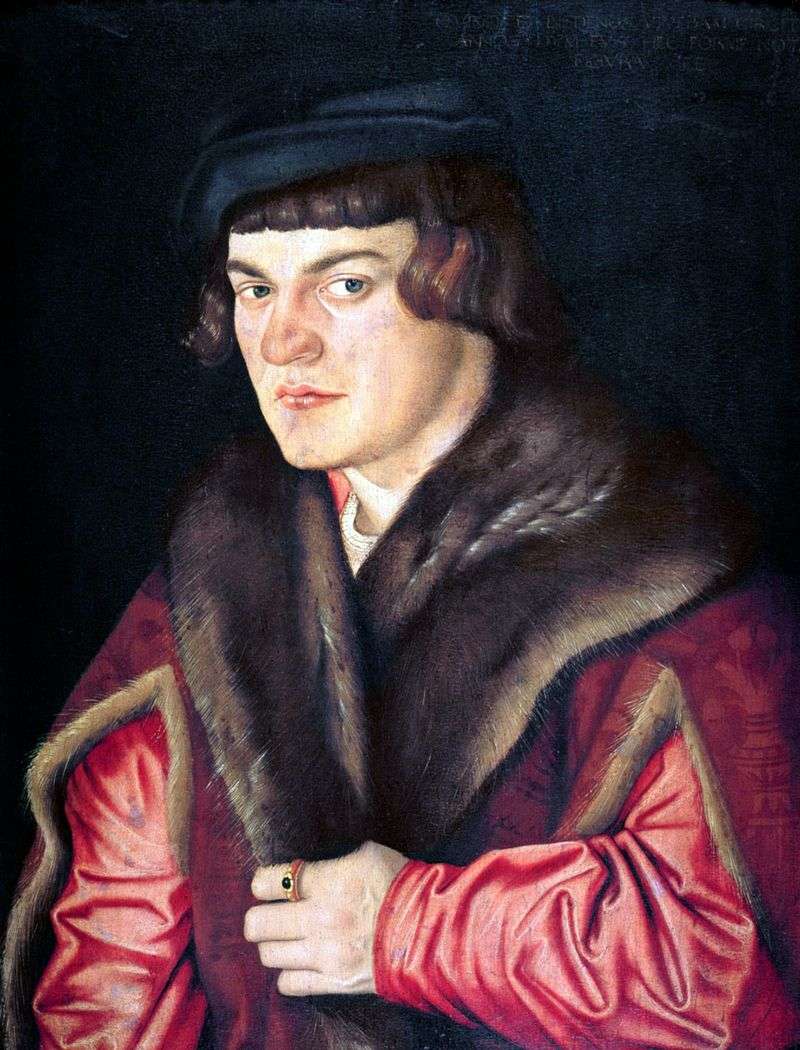
Hans Baldung – one of the outstanding artists of the so-called Upper Germanic school, is known as a painter, engraver and draftsman. He is considered the most talented pupil of

Such a workshop of painting and sculpture was led by Ulm master of the second half of the 15th century – Joerg Searlin. The main work of this workshop –
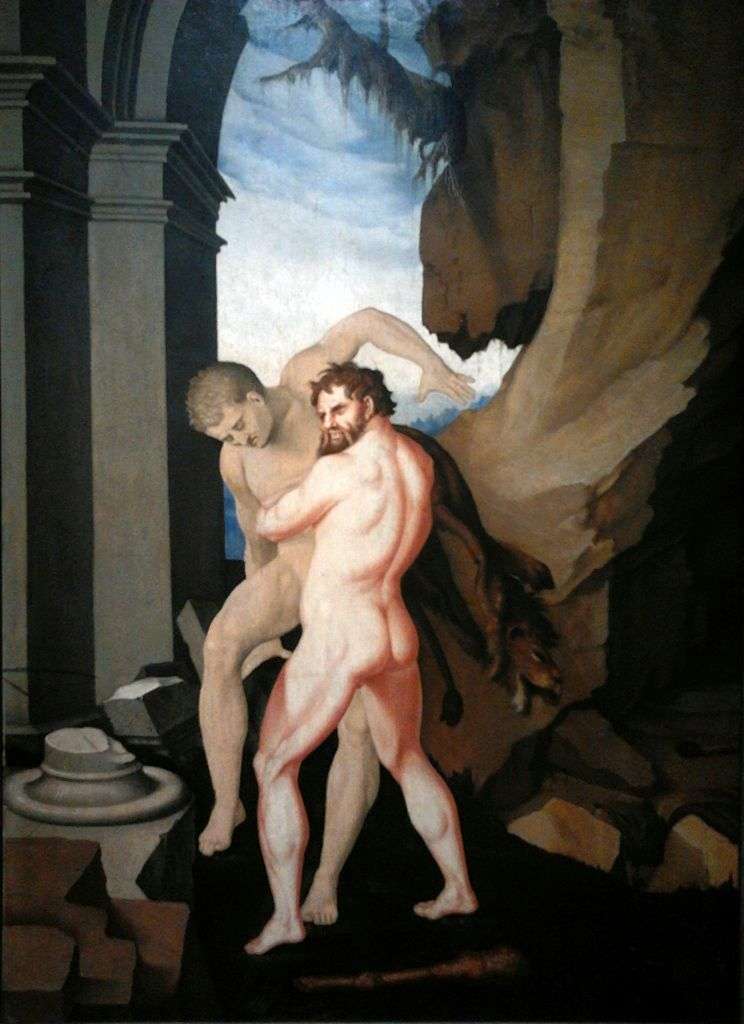
The struggle of Hercules and Anteus has traditionally symbolized the victory of valor over mortal passion. Exposing the true essence of the hero, the author inspires a doubt in the

Painters of the Renaissance painted many allegorical paintings with the attributes of the arts. The Northern Renaissance also developed within this tradition. Enlightened patrons, wealthy townspeople and representatives of the
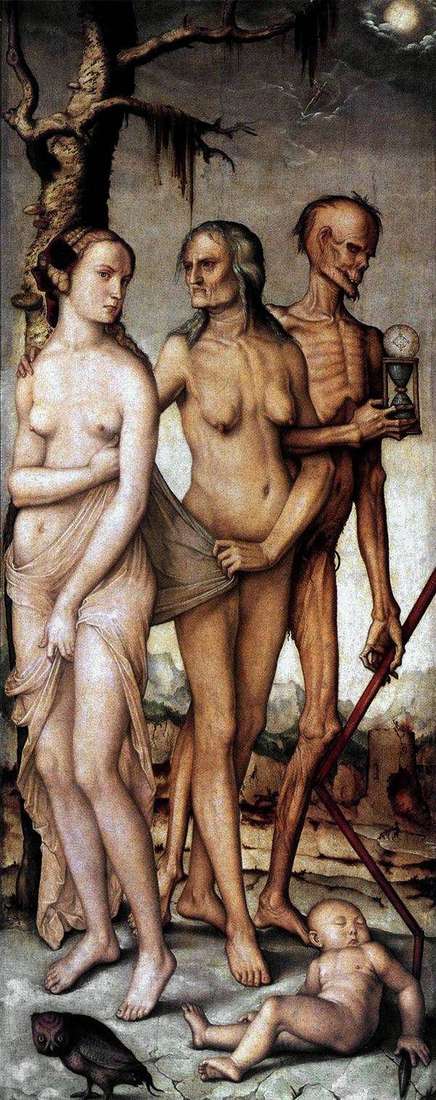
In the painting “Three ages of man” four figures represent an allegory of three age cycles, three stages of human life. Death is depicted as a skeleton with an hourglass